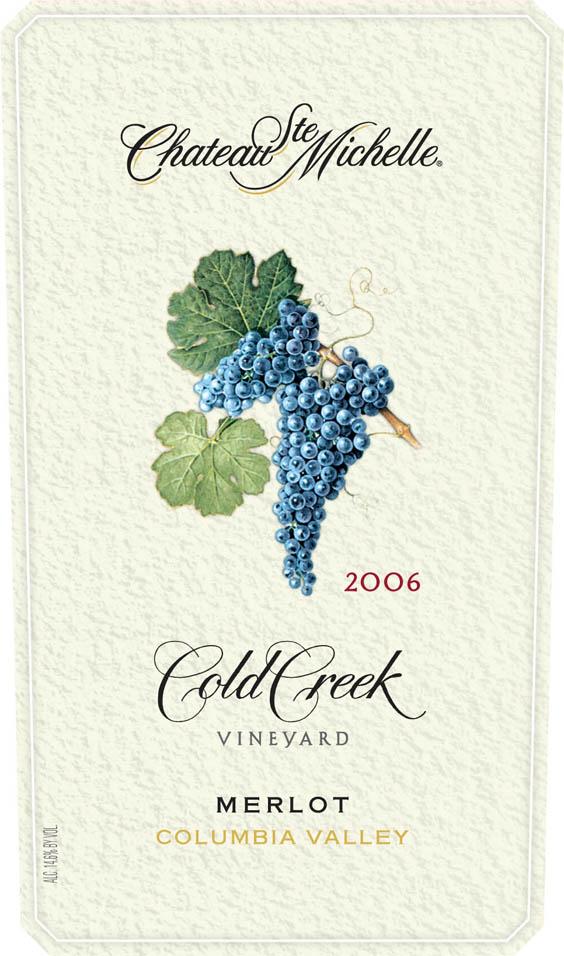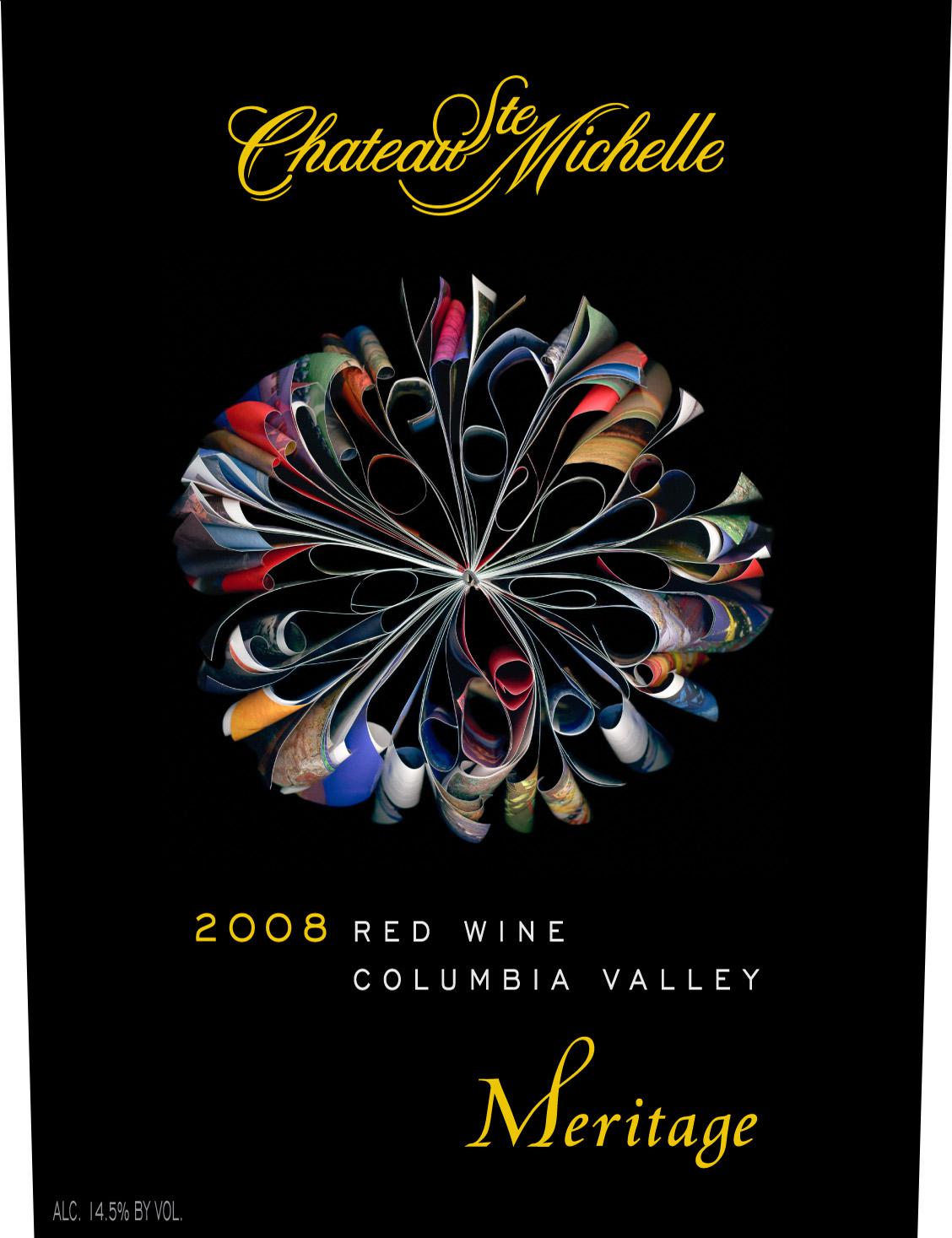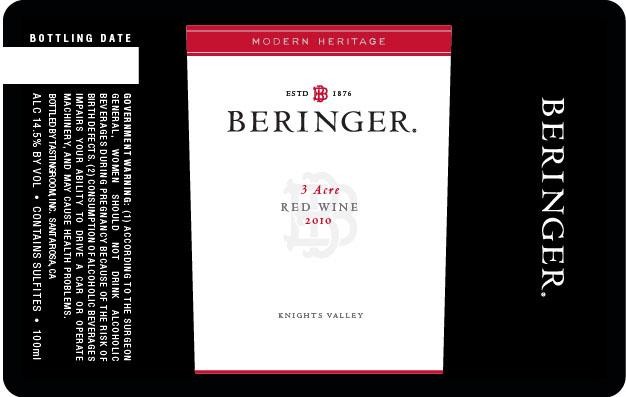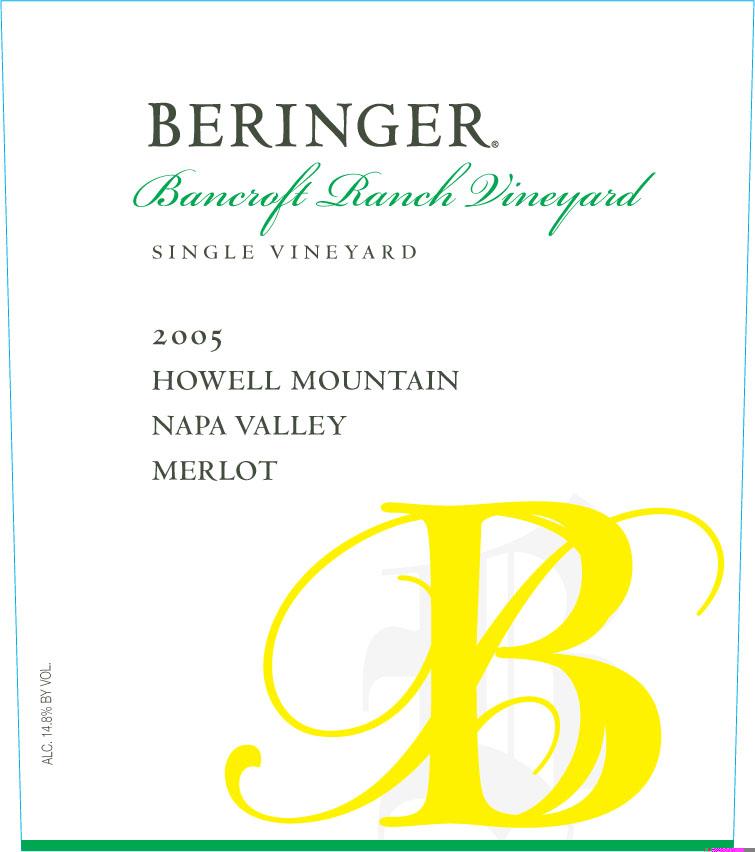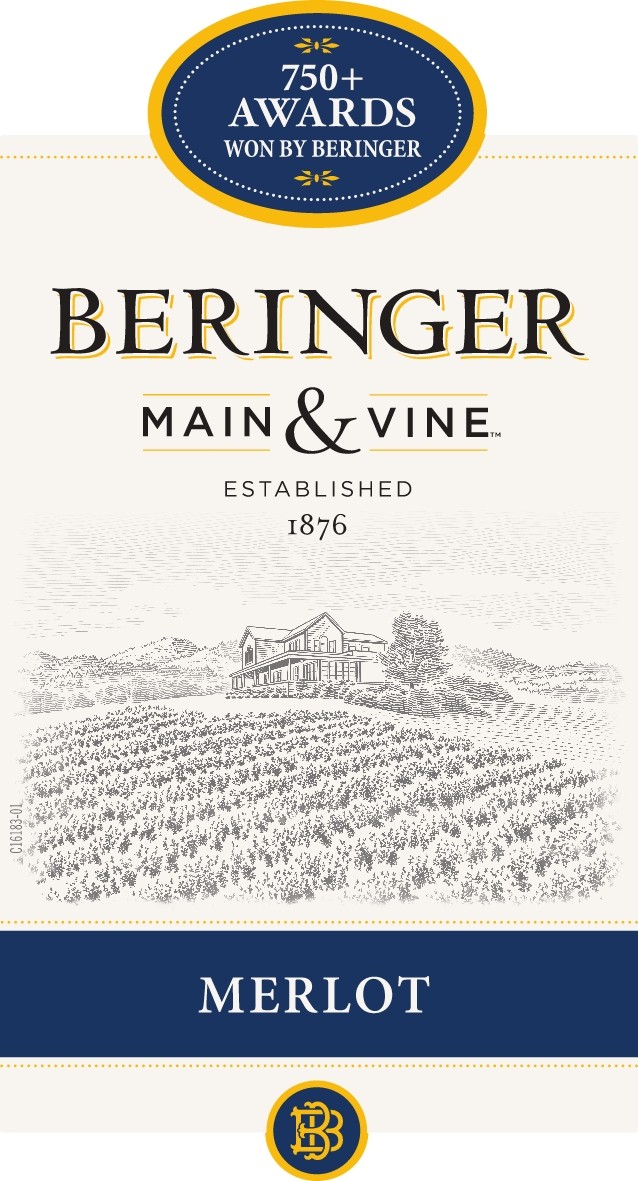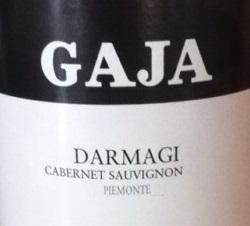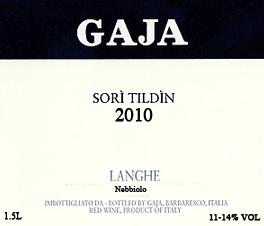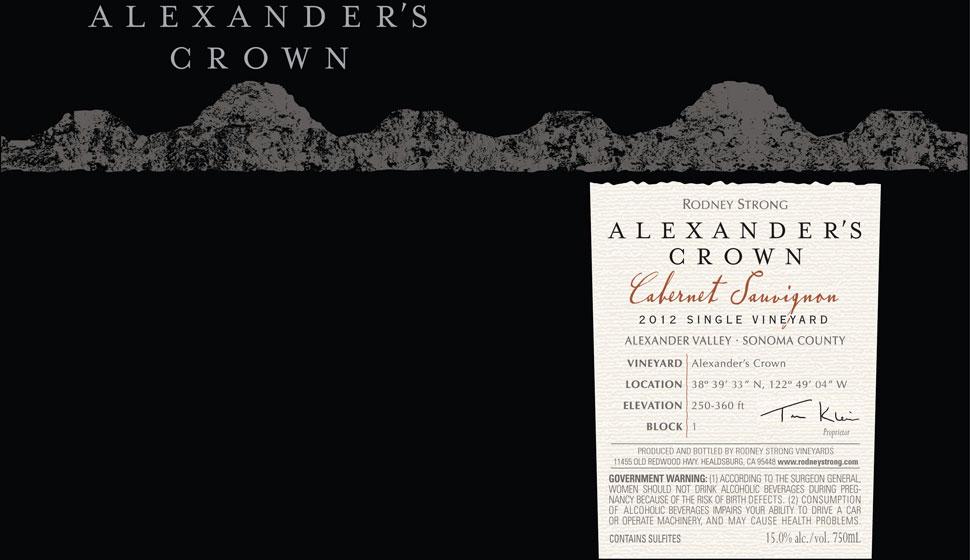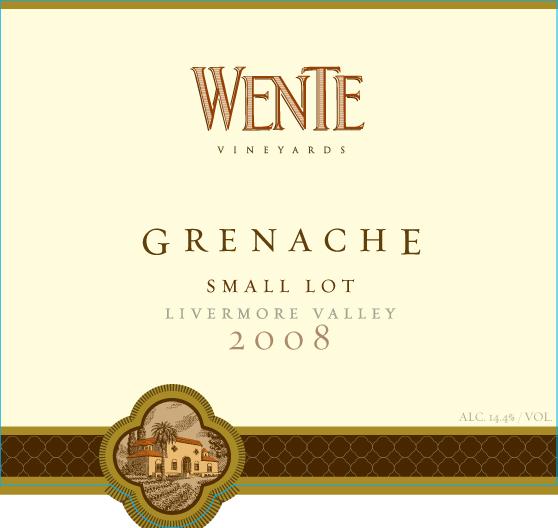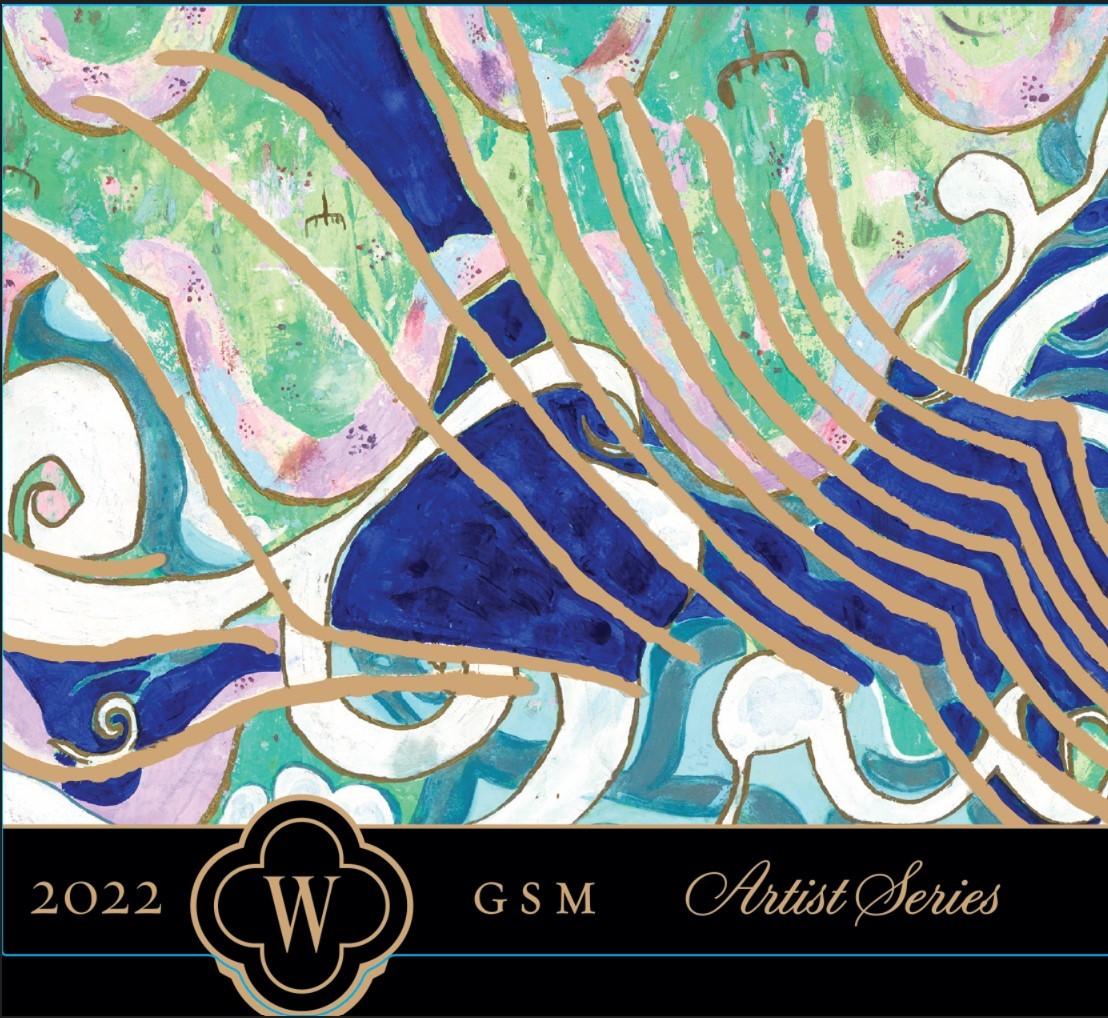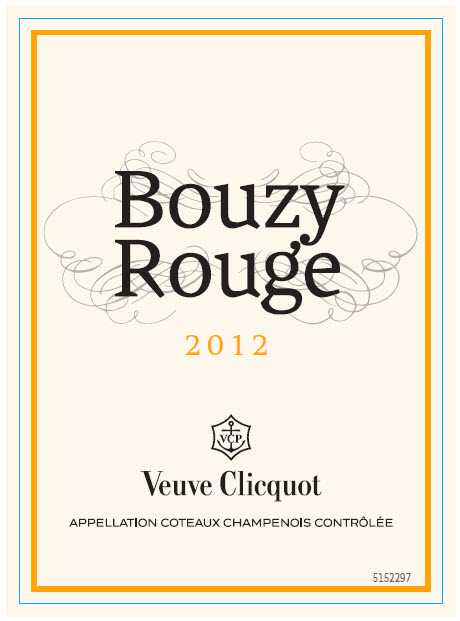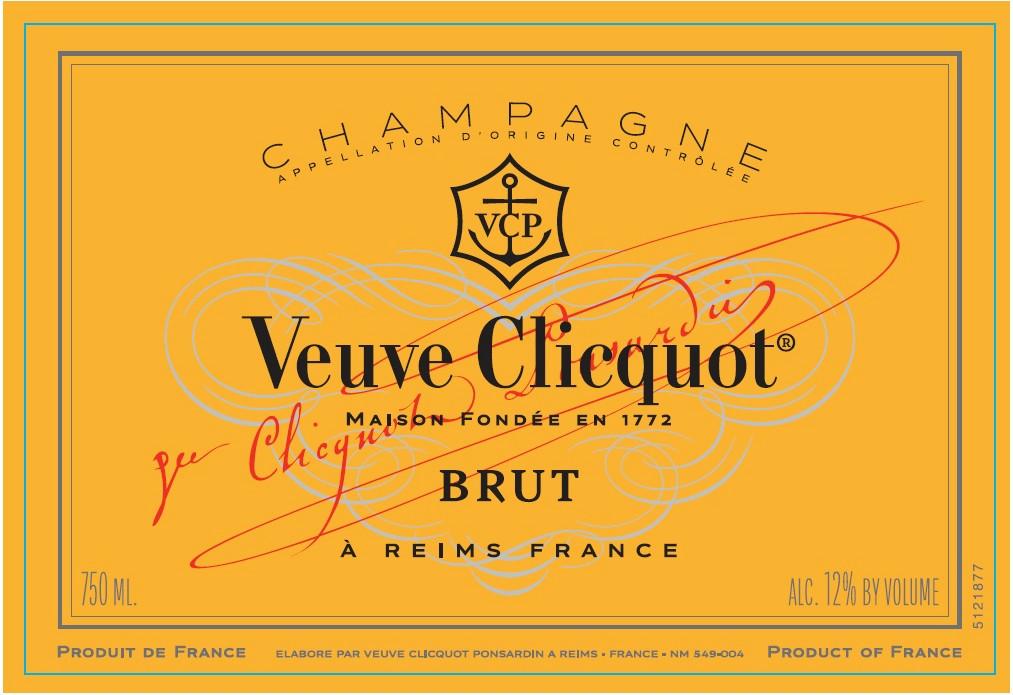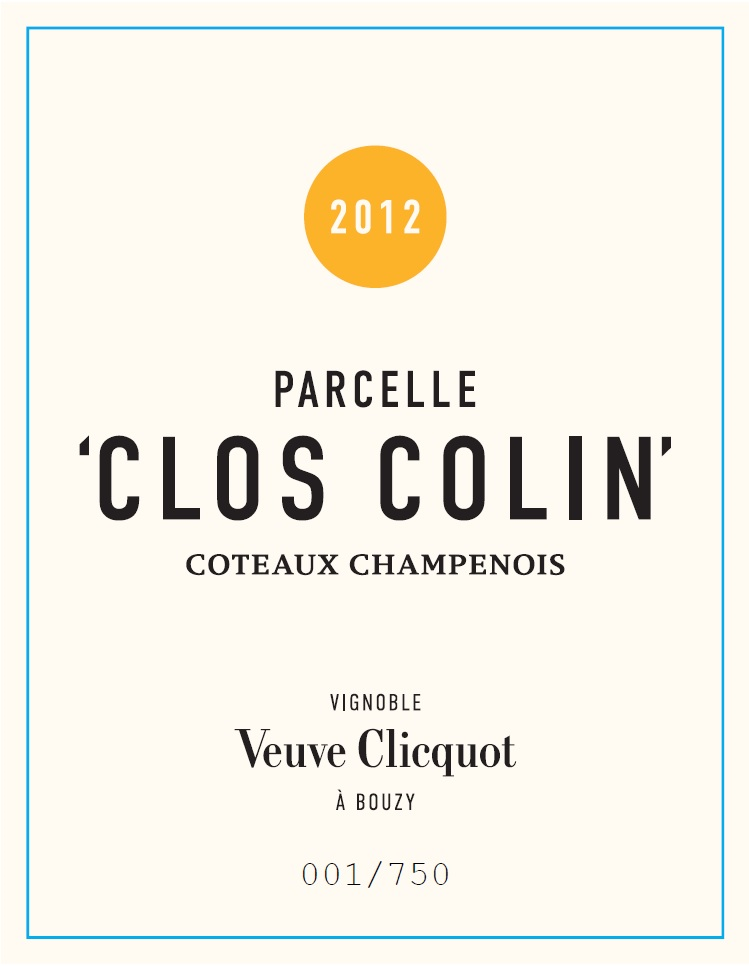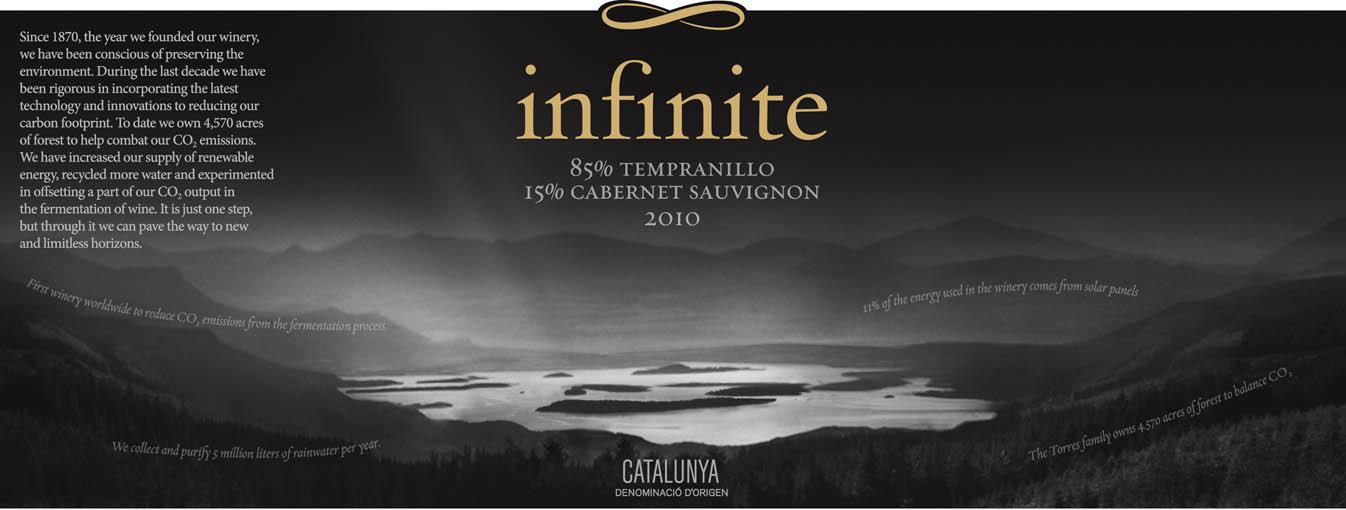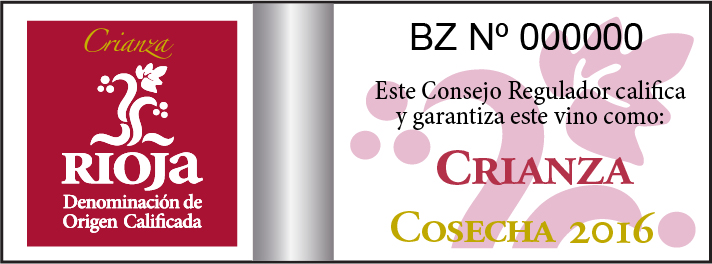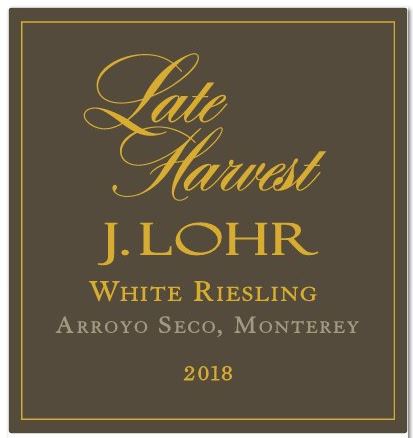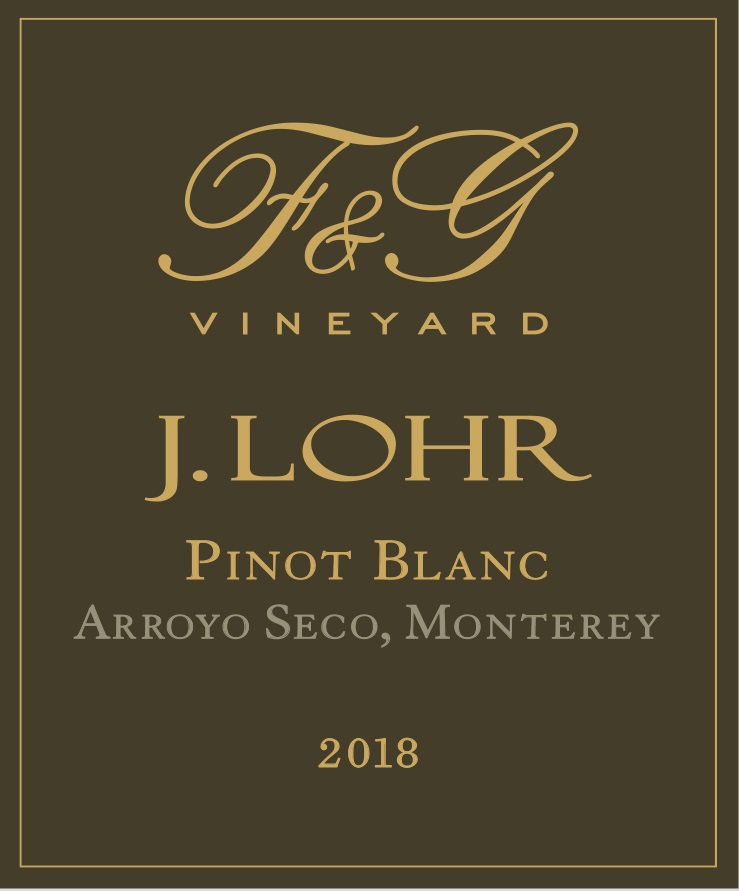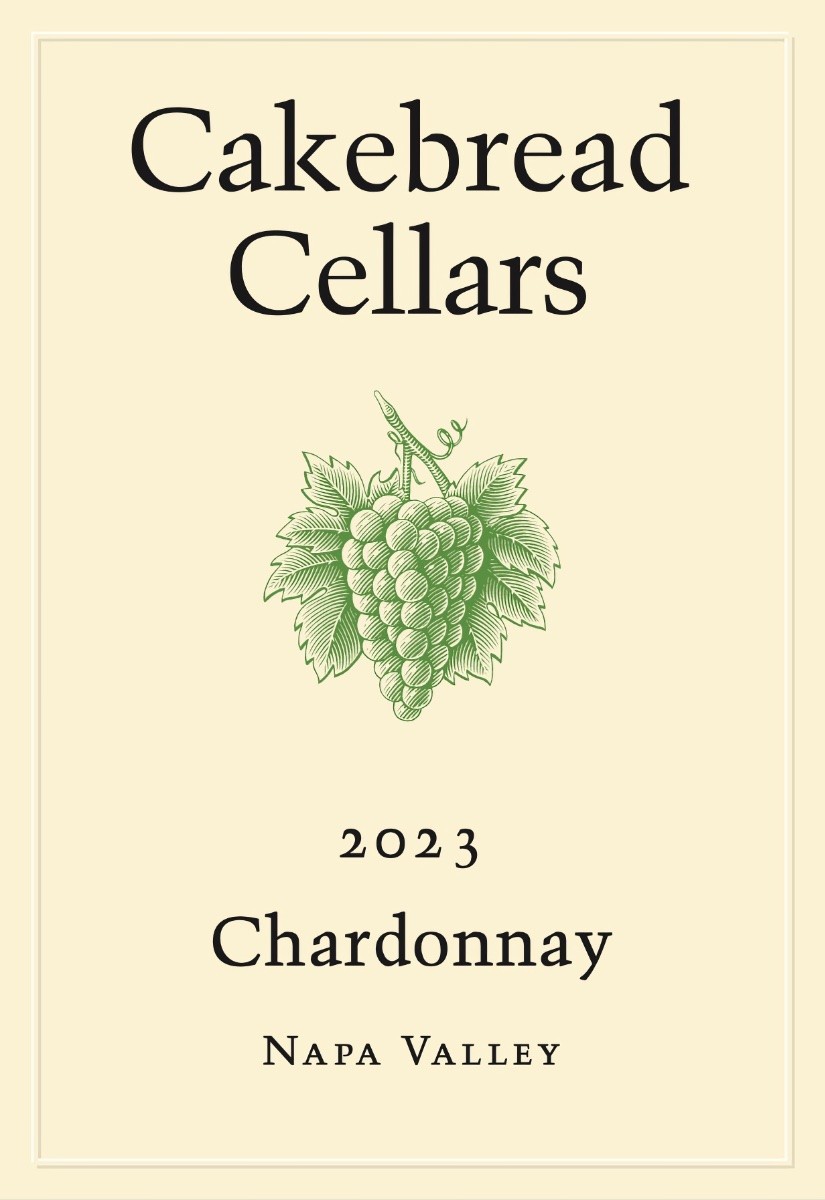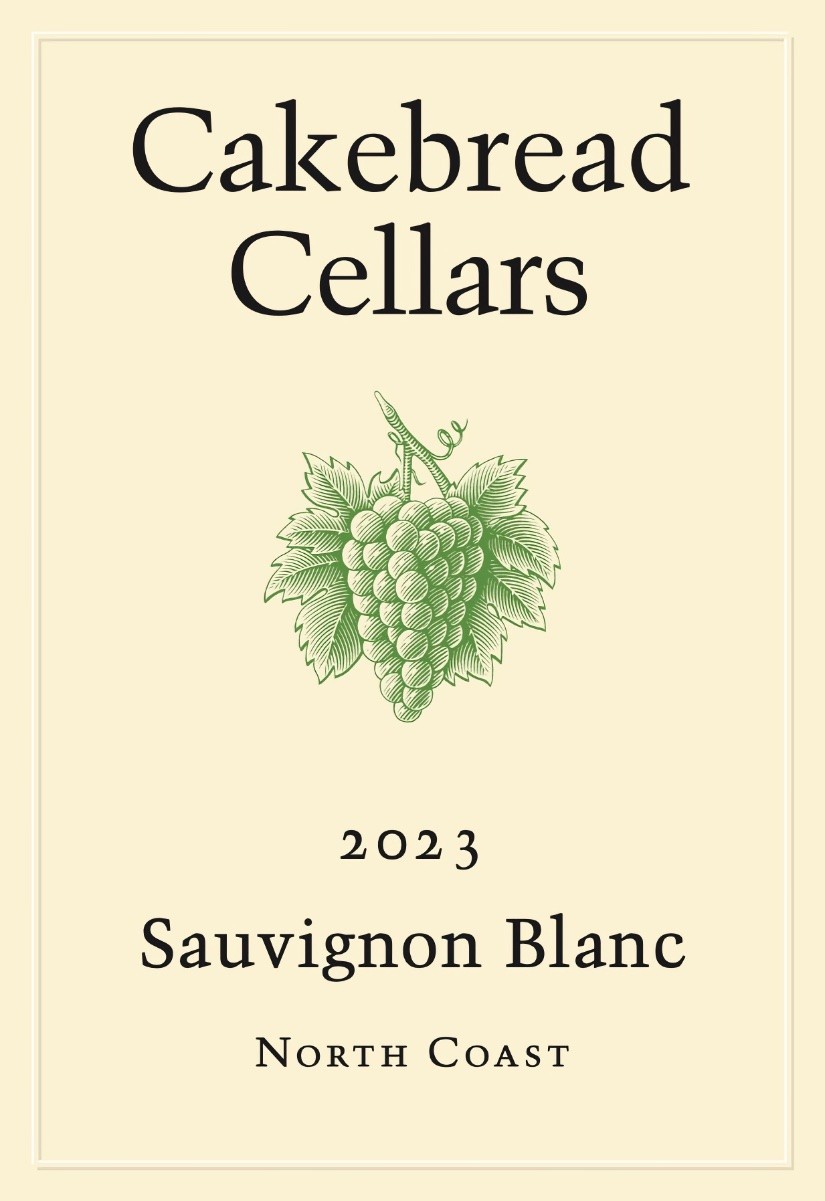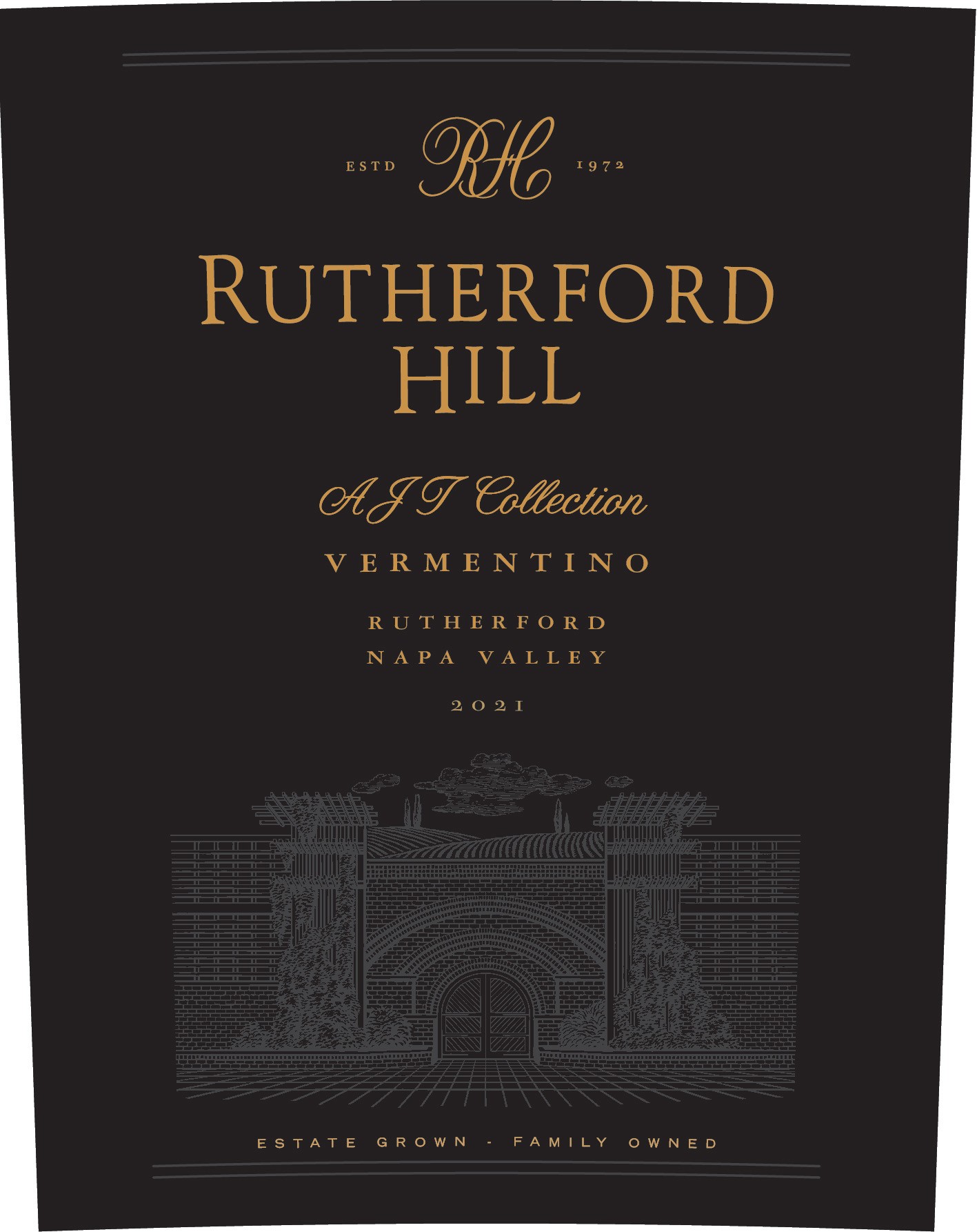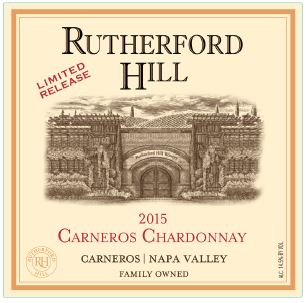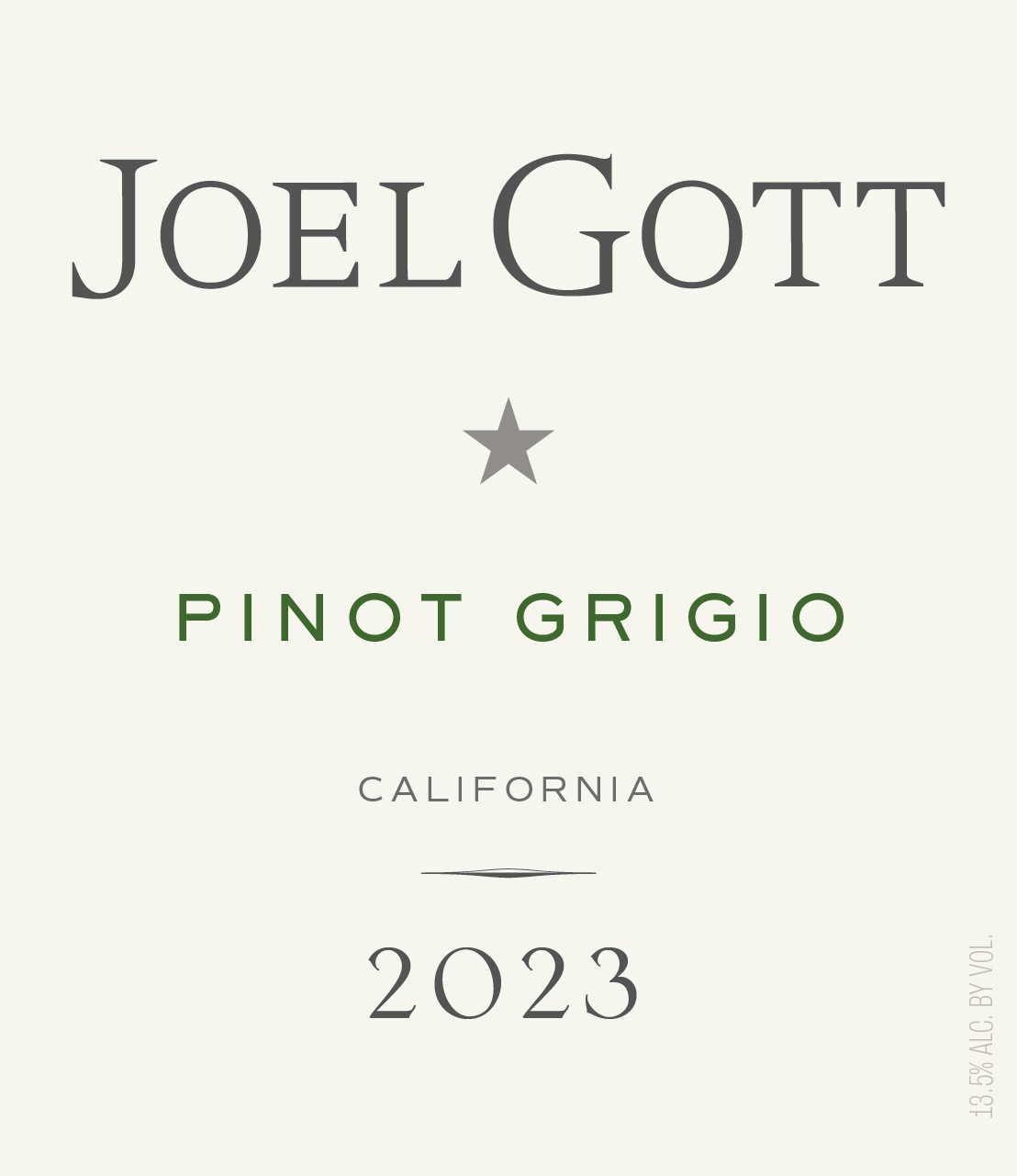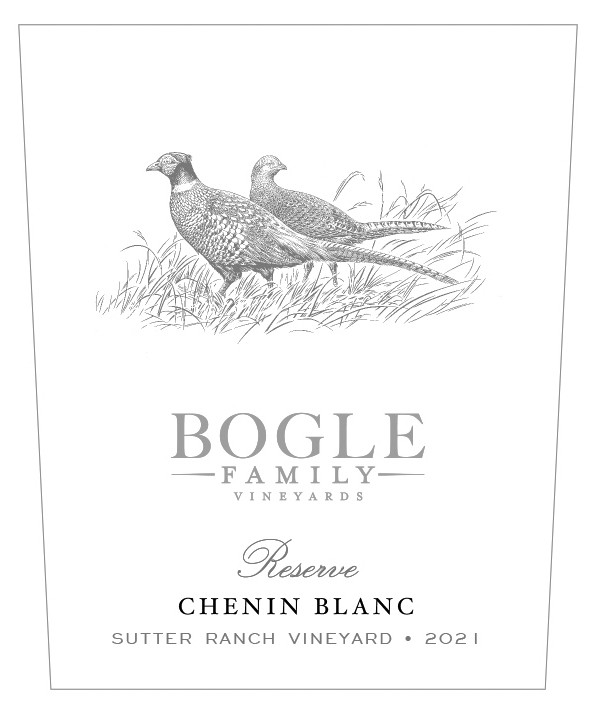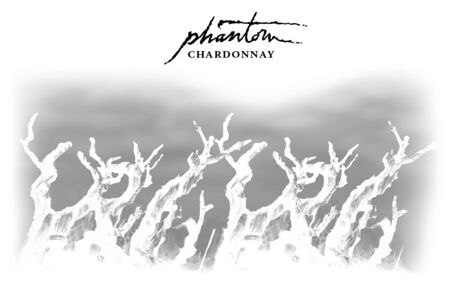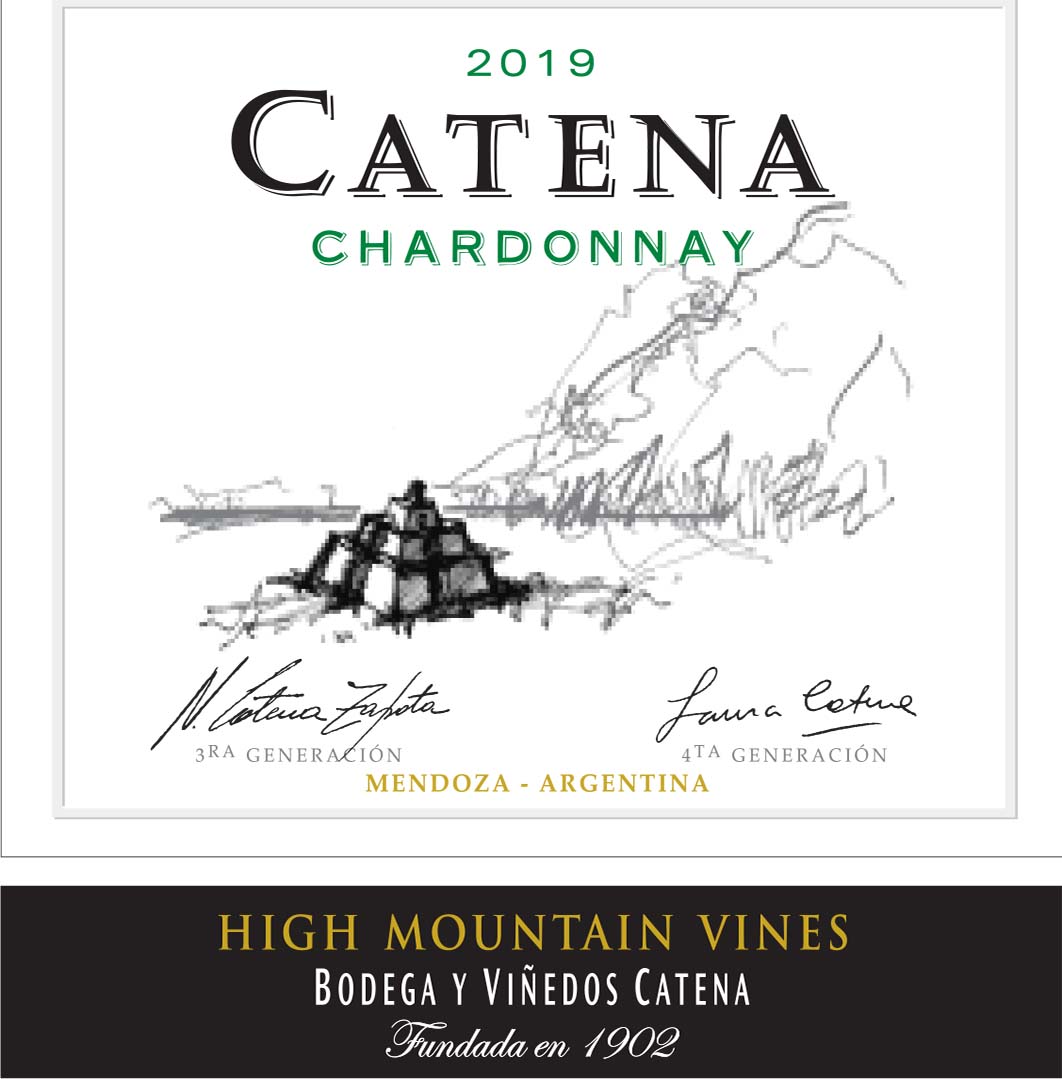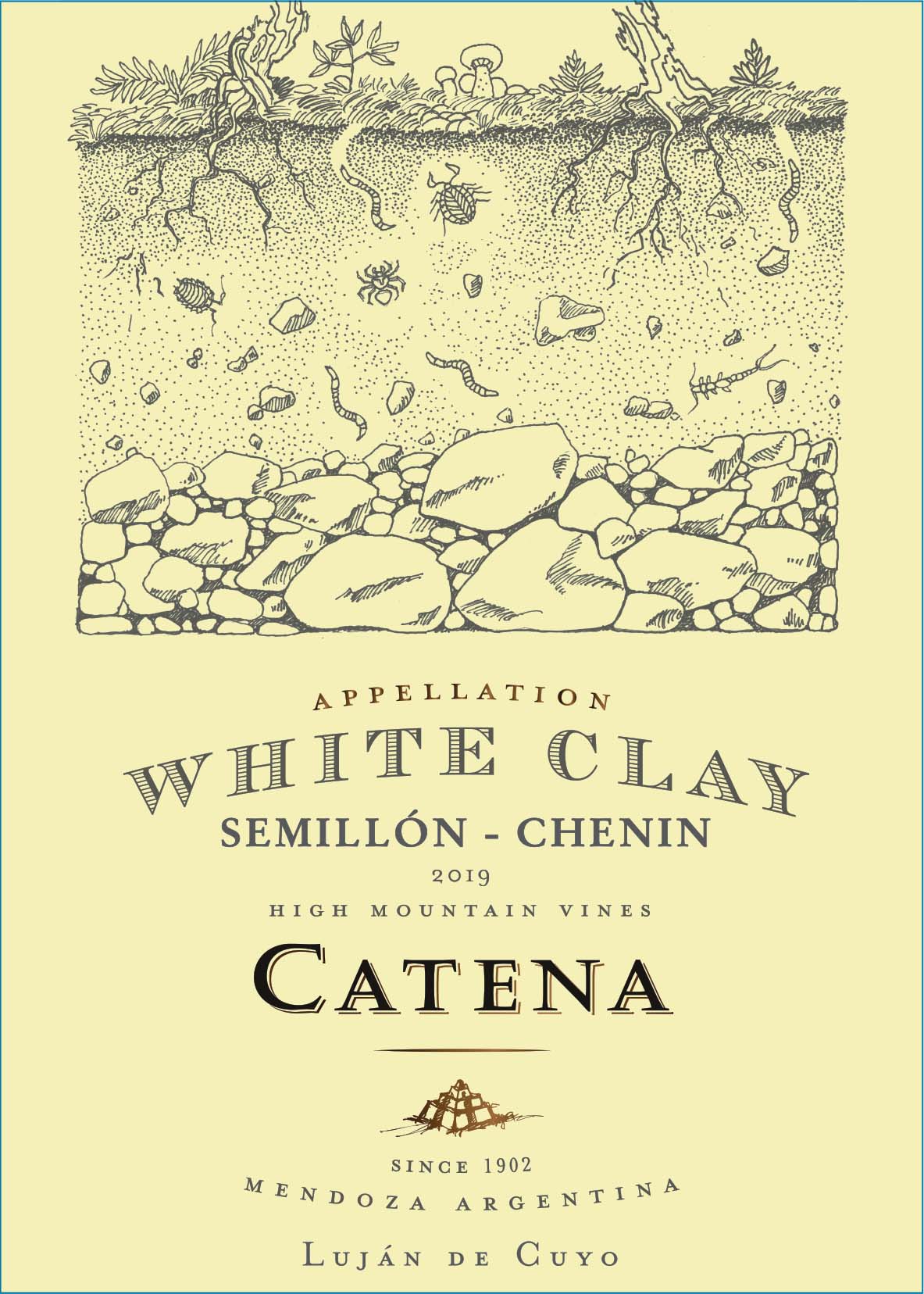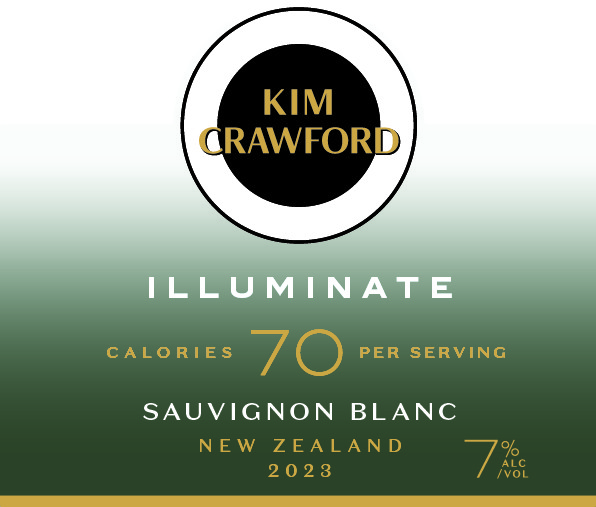Terroir of Valle d’Itria
The terroir of Valle d’Itria is defined by its vineyards on the low Murgia plateau, ranging from 100 to 450 meters in elevation. This region enjoys abundant sunshine and refreshing breezes from the Adriatic Sea, which contribute to its Mediterranean climate. The summers are hot and dry, tempered by sea breezes, while winters are mild and bring moderate rainfall of about 500 to 600 mm annually.
The soil here is predominantly shallow and calcareous, with layers of iron-rich terra rossa atop limestone, fostering deep vine roots and imparting a stony minerality to the wines. This distinctive landscape allows red varieties like Primitivo and Negroamaro to achieve full ripeness, while white grapes such as Verdeca, Bianco d’Alessano, and Minutolo maintain their freshness and aromatic qualities, aided by diurnal temperature variations.
Notable Wineries in Valle d’Itria
Valle d’Itria’s wine scene is a tapestry of historic and boutique wineries, reflecting both tradition and innovation. Here are a few notable producers making waves:
-
Cantina Produttori di Martina Franca: This cooperative is vital in preserving local winemaking traditions, focusing on native white varieties like Verdeca and Bianco d’Alessano.
-
Cantina di Locorotondo: Renowned for its crisp, refreshing whites, this cooperative highlights the region’s unique terroir.
-
UPAL Cisternino: A cornerstone of local viticulture, known for its dedication to quality and community collaboration.
These wineries, alongside emerging small estates, capture the essence of Valle d’Itria’s limestone-rich soils and Mediterranean climate, offering wines that are both authentic and innovative.
Sustainable Winemaking in Valle d’Itria
In the rolling hills of Valle d’Itria, sustainability is at the heart of winemaking. Producers are increasingly turning to organic methods to preserve the region's unique terroir, characterized by its limestone-rich soils and Mediterranean climate. Dry farming is common, utilizing cover crops to protect fragile topsoils and enhance biodiversity. To adapt to the hot, dry summers, winemakers focus on smart canopy management and precise use of inputs.
In the cellars, low-intervention techniques like native yeast fermentation and gentle clarification are preferred to highlight the authentic flavors of local varieties such as Verdeca and Primitivo. There's a growing interest in sustainable certifications and eco-friendly packaging, aligning with global trends. The preservation of rare grape varieties is also a key element in the region's commitment to environmental responsibility, ensuring Valle d’Itria's winemaking heritage thrives for generations to come.
Wine Tourism in Valle d’Itria
Valle d’Itria is emerging as a premier destination for wine tourism, blending cultural richness with viticultural excellence. Visitors can explore its picturesque trulli villages, partake in vineyard tours, and experience tastings that highlight local grape varieties. The region is known for its wine routes that connect historic towns like Locorotondo with nearby wineries and olive mills.
-
Locorotondo: Famous for its beautiful architecture and crisp white wines.
-
Martina Franca: Hosts vibrant wine fairs and harvest festivals.
-
Cisternino: Offers culinary delights paired with local wines.
Staying in charming accommodations like farm estates or trulli-converted B&Bs enhances the experience. The combination of stunning landscapes, diverse wine styles, and rich history promises an authentic Apulian adventure.




